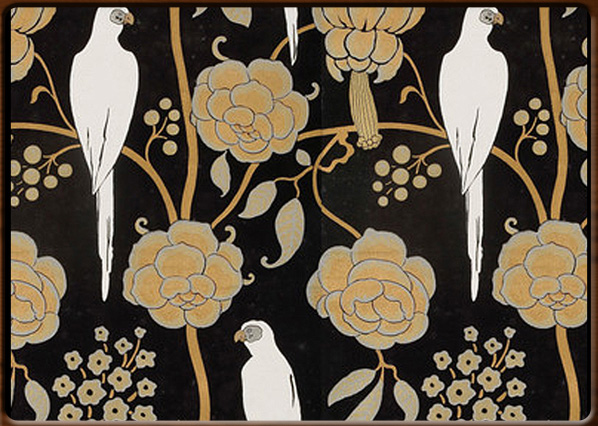
Decò textile, Museo Fortuny
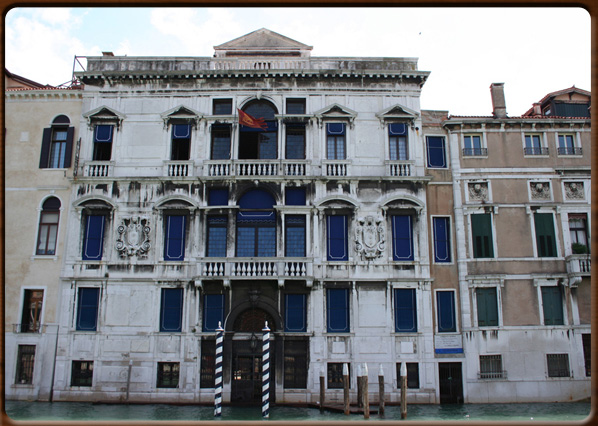
Museum of the Textile and the Costume in Cà Mocenigo
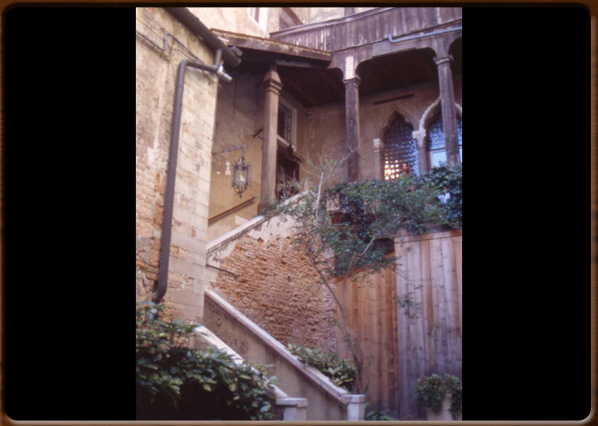
Fortuny Museum-
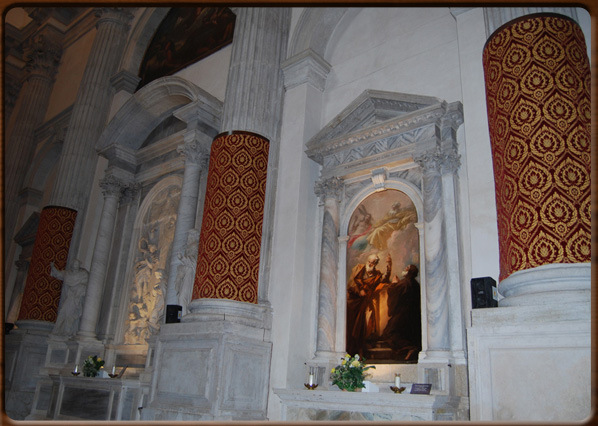
Dressed Columns in San Vidal.
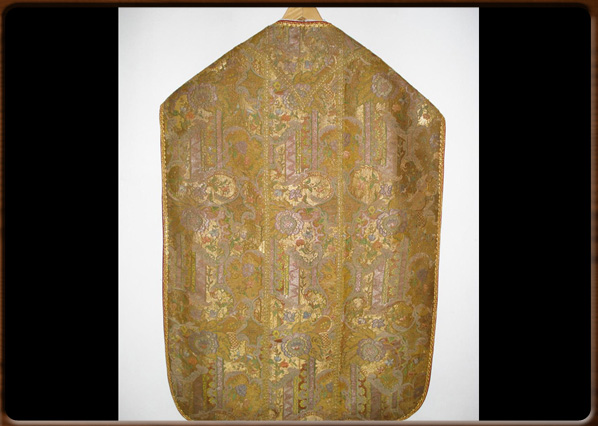
Chasuble in Venetian brocade.





No video
The ancient art of weaving is one of the areas where Venice and the Veneto region excelled for many centuries. Through its contacts with Byzantium in the 13th Century, Venice gained a reputation as a expert producer of many top quality textiles. These fabrics were exported to the rest of Europe, especially Germany and Scandinavia.
In the 14th Century several artisans from Lucca - a city with a flourishing textile business - settled in Venice, thus increasing output of richly worked textiles. Venice had great expertise in weaving silk and cotton (imported from the East) and wool (concentrating certain processing in Padua, Vicenza and Verona, especially washing and dyeing, as these created bad smells and polluted waterways; the delicate stages of textile finishing were then carried out in the workshops in Venice).
The city of Venice enjoyed its unquestioned primacy in the art of weaving high-quality woollen cloth and silk fabrics for many centuries, thanks also to its continuing trade with the East and northern Europe. In 1370 it took measures to stem the spread of woven goods, textile machinery and expertise to neighbouring states, perhaps conveniently forgetting that in the past it had been non-Venetian craftsmen (from Byzantium and Lucca) who had actually first introduced the art of weaving in the lagoon city.
In the 1300s, the middle classes started to use fine cloth and fine fabrics, until then the privilege of the dominant social classes. Textiles were used not just for clothing and religious vestments, but also for furnishings and to cover walls (often cold and damp) with tapestries, curtains and various kinds of drapes. Fabrics were also used for padding and lining from the 16th Century onwards.
Venetian production including velvets, damasks, brocades (from the 1700s onwards), silks and other fabrics with gold and silver yarns. Improvements in wool quality contributed to the success of Venetian fabrics: they initially used Frankish wools, then local short fibre wools.
By the 1400s Venice and the Veneto region were already producing huge quantities of top quality textiles, which were then sold in Ragusa, the kingdom of Naples, Rome, Costantinopoli and Damascus.
Venice always managed to beat the competition from other Italian textile centres, such as Milan (a leading producer of woollen cloth and silk fabrics from the 13th to 18th Centuries) and Florence with the nearby Prato (famous for both their luxury and everyday fabrics throughout the Middle Ages). In the 1600s and early 1700s Venice was also the capital of European fashion, thanks to the Italian tradition of tailoring dating back to the Renaissance. The European fashion centre later moved to Paris in the 1700s and London in the 1800s.
After the fall of the Serenissima, the previously flourishing and advanced textile industry in Venice gradually declined throughout the 1800s and the first half of the 1900s.
The textile industry in the Veneto region has, however, picked up again over the last 50 years, with many textile businesses (some now major multinationals) regaining large shares in the global textile market.
Today various places specialising in textiles and traditional Venetian costumes are open to visitors: Palazzo Corner has a collection of more than 3,000 textile artefacts from the 15th to 20th Centuries; the Fortuny Museum has collections of upholstery and clothing created and collected during the 20th Century by the Spanish Mariano Fortuny; Cà Mocenigo houses the Museum of Textiles and Costume, which has mostly original Venetian clothing and accessories, showing how these contributed to the proverbial elegance of the Venetian people over time.
1100 - 1200 - - rev. 0.1.5